Piolets d'Or Announces the "Significant Ascents" of 2023
This list of 68 climbs is effectively a "long list" used to select nominees of the prestigious alpine award.
The story of Ocean Fox and a couple's maiden journey across the Atlantic, from Gibraltar to Barbados.

too far, too long alone, and far too dangerous.Fifteen months later, and two flipped houses, we found ourselves sitting on our 40’ catamaran, Ocean Fox, for the very first time. We were in Zadar in Croatia and The Atlantic Ocean seemed a very very long way away. By September, with three thousand miles under the keels we had visited the delights of Montenegro, Greece, Italy, and Spain, we were tied up in Harbour Bay Marina, in Gibraltar. The Atlantic was now in front of us. All 4,000 nautical miles to Barbados and the Caribbean islands.

Prior to this adventure, I had experienced coastal sailing, my longest passage was a hop across the English Channel from France to the UK, some eighty-five miles. I always had a dream to spend one summer on my own yacht in the Mediterranean, but crossing the Atlantic was discounted, too far, too long alone, and far too dangerous, as for Carla she had never sailed before.
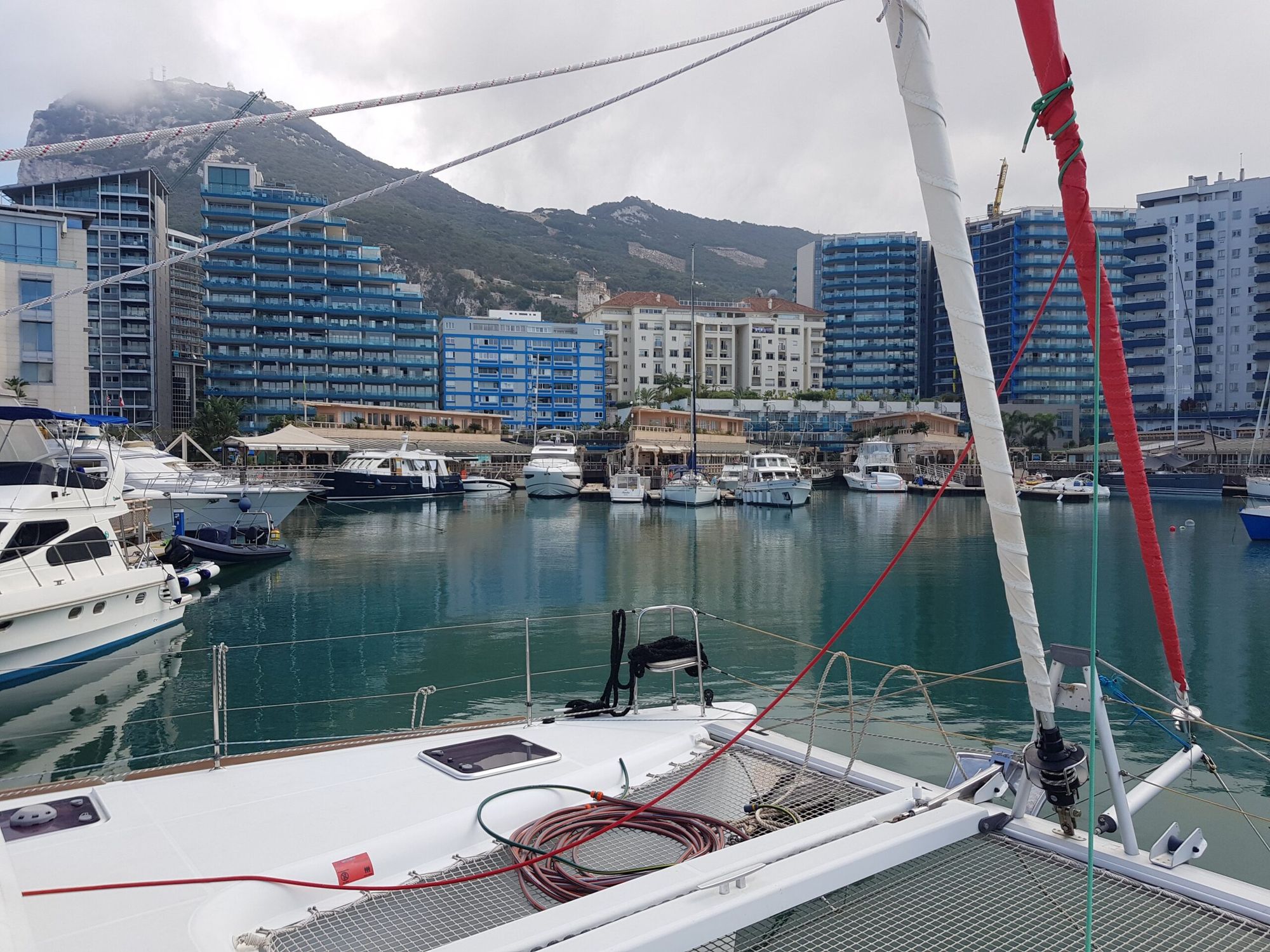
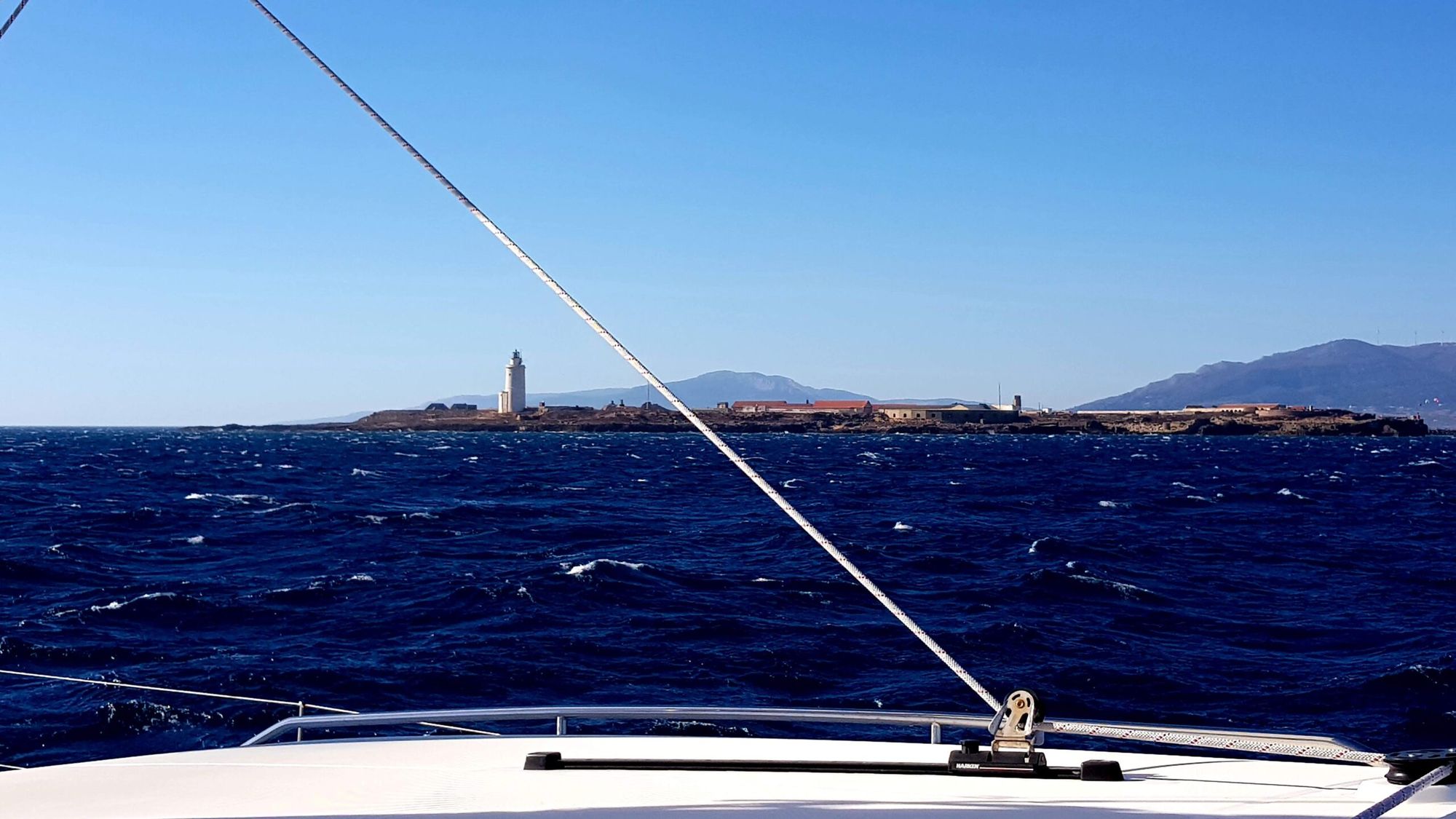
all hell broke outBy now the adrenaline was pumping, as we set off, we had Morocco off the port side and Spain on the starboard beam, nothing was going to stop us. As we passed through the straights, with the wind and currents with us, Carla bagged a couple of Spanish Mackerel. The seas were somewhat lumpy, but as the sunset off the bows everything calmed down for our first night at sea. The 142 nautical mile crossing took us twenty-seven hours. We arrived the next morning in the tidal estuary of Culatra close to Faro on the Algarve coast.
Ten days later at the beginning of November, just the two of us set off for Arrecife, the northern port on Lanzarote. The predictions were all set for a fair-weather passage with the wind and waves coming down from the north, it should be quite a blast. Little did we know what was ahead of us as the sun dipped below the horizon for the first time.

As became the norm, Carla would be on watch from 1900 hours for three hours and I would rotate with her every three hours throughout the night. By eight in the evening, I was woken by the sound of Carla throwing up in the heads close by. An hour later all hell broke out.
The wind was steadily increasing, our sail configuration was set for around twenty knots and could take up to twenty-five. By the time Carla had woken me it was blowing forty-five knots. As I roused from my sleep the strange thing was the banging and slapping of the water going by went silent, it was replaced by a single woosh. As I arrived on the bridge deck the instruments were telling me we were traveling at over twelve knots into the night, far too fast in these conditions.
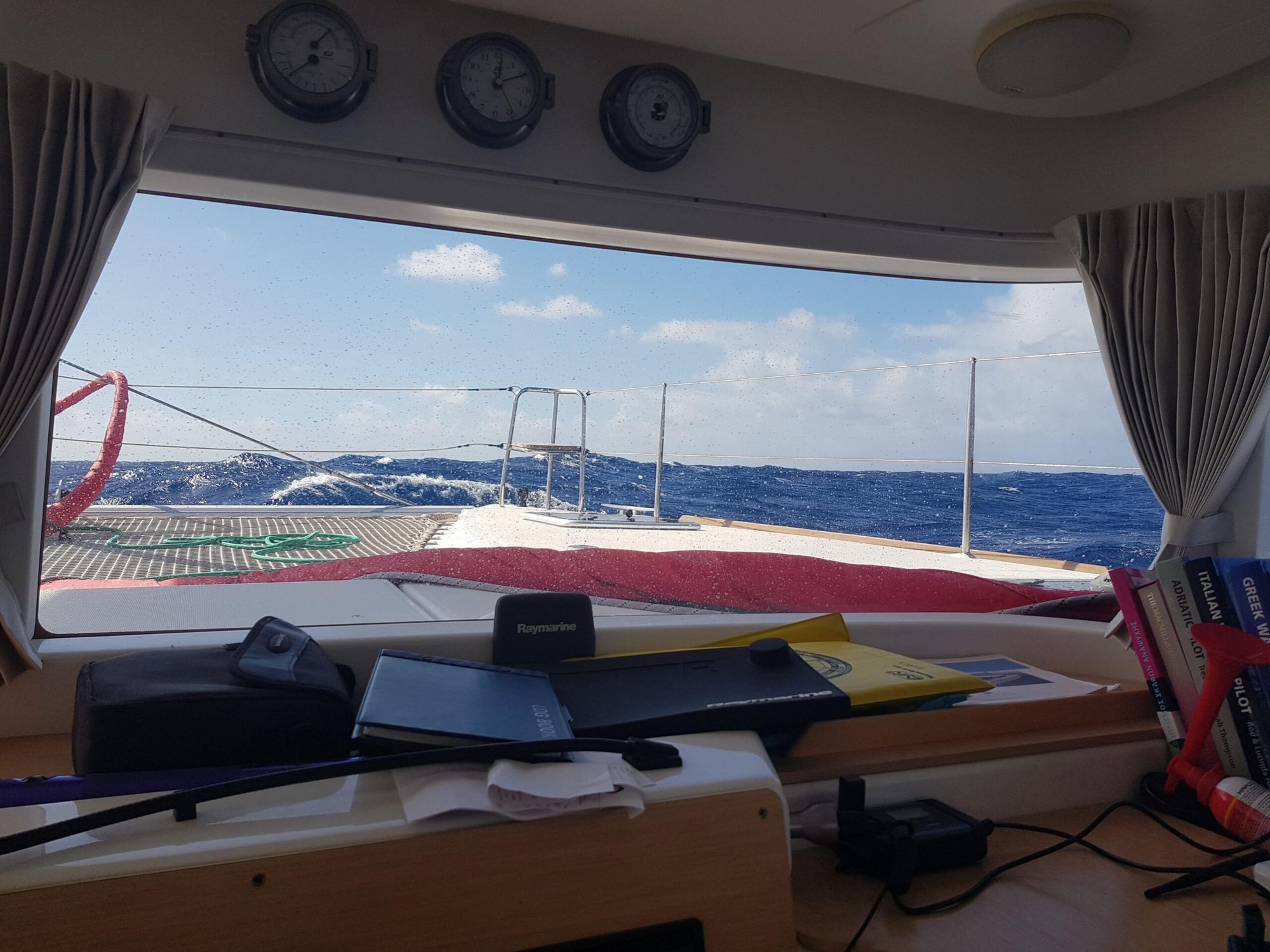
An hour later we were back inside the relative calm of the saloon. We were still traveling at over seven knots without any sails up. We would plow into the wave in front of us, sending tons of water into the air and the water would fall back off the roof as if it was an overflowing bath. The noise was deafening, we needed to go slower, to get in sink with the seas, instead of racing down one wave and crashing into the next.

I had little knowledge of sailing in these conditions, but a distant memory came to me from a book I had read many many years ago. As daylight came I was on deck attaching the mooring lines to the stern cleats and throwing them into the water behind us. The more I put out the slower we would go. They were acting like a break trailing through the water behind us, holding the stern of the boat steady facing these big Atlantic cliffs as they broke all around us.
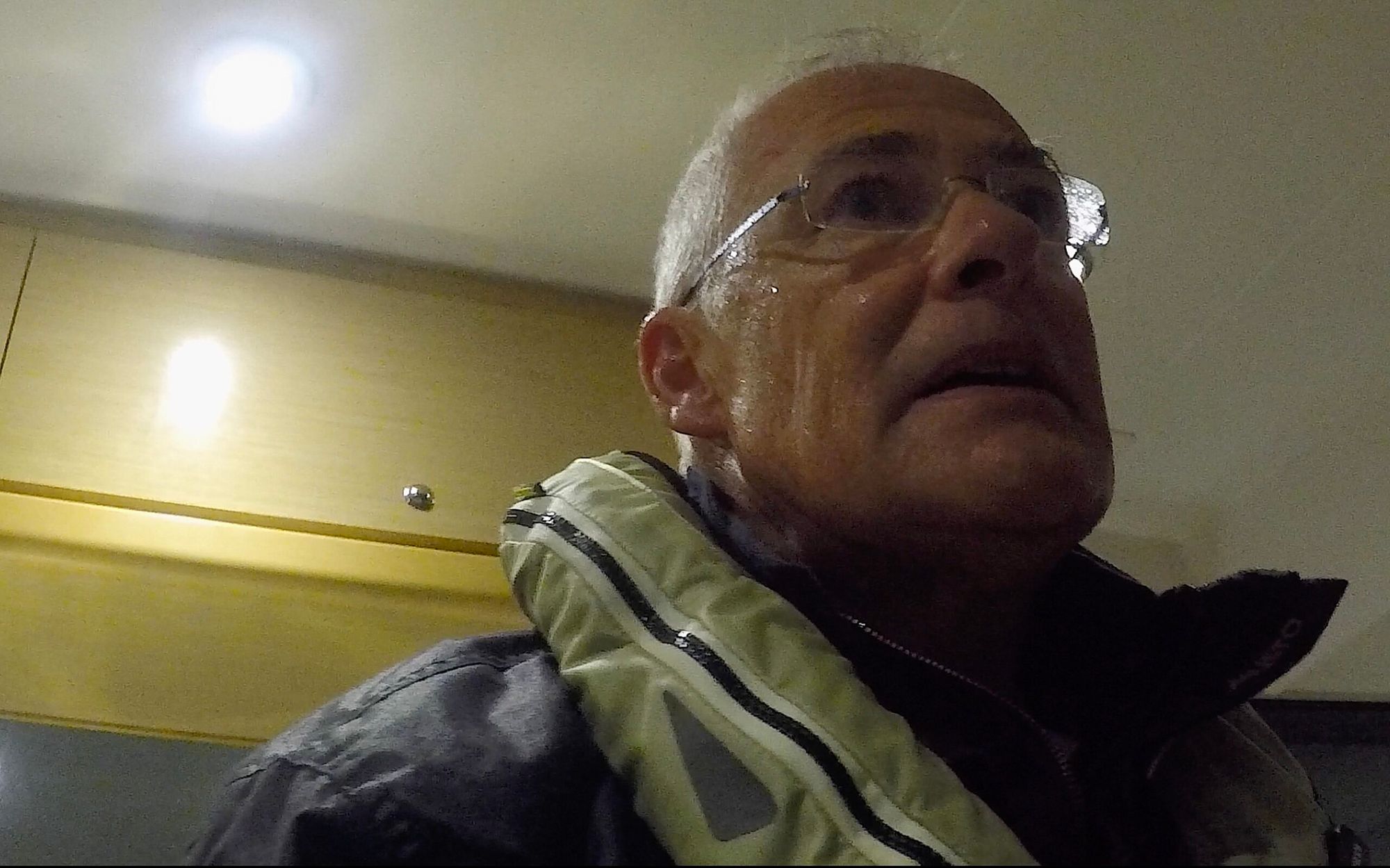
we were not going to give in
We held onto whatever we could for the next twenty-four hours, at times the boat would fall off a wave and crash sideways into the water, everything would land upon the floor, we were glad we were not on a monohull. Over the next few days the weather started to drop, we let out some genoa and brought the salt-encrusted lines back on board, and carried on heading south to our destination.
Four days after we left we were motoring along the coast of Lanzarote with blue skies and waters that would be more appropriate to Pittville Boating Lake in Cheltenham. We moored up in the marina at Arrecife we had been tested, we had been scared, but we were not going to give in.

Over the next couple of months we made changes to the safety equipment on the boat, additional lifelines were added and the old ones moved. These improvements meant, so long as we were tethered onto the boat we could not fall into the water. The deck is over six feet from the ocean surface, we also needed to improvise a system so one person could pull the other back on deck single-handed, even if they were entangled with soaked and heavy cloths in the water. We practiced our man overboard procedures just in case.
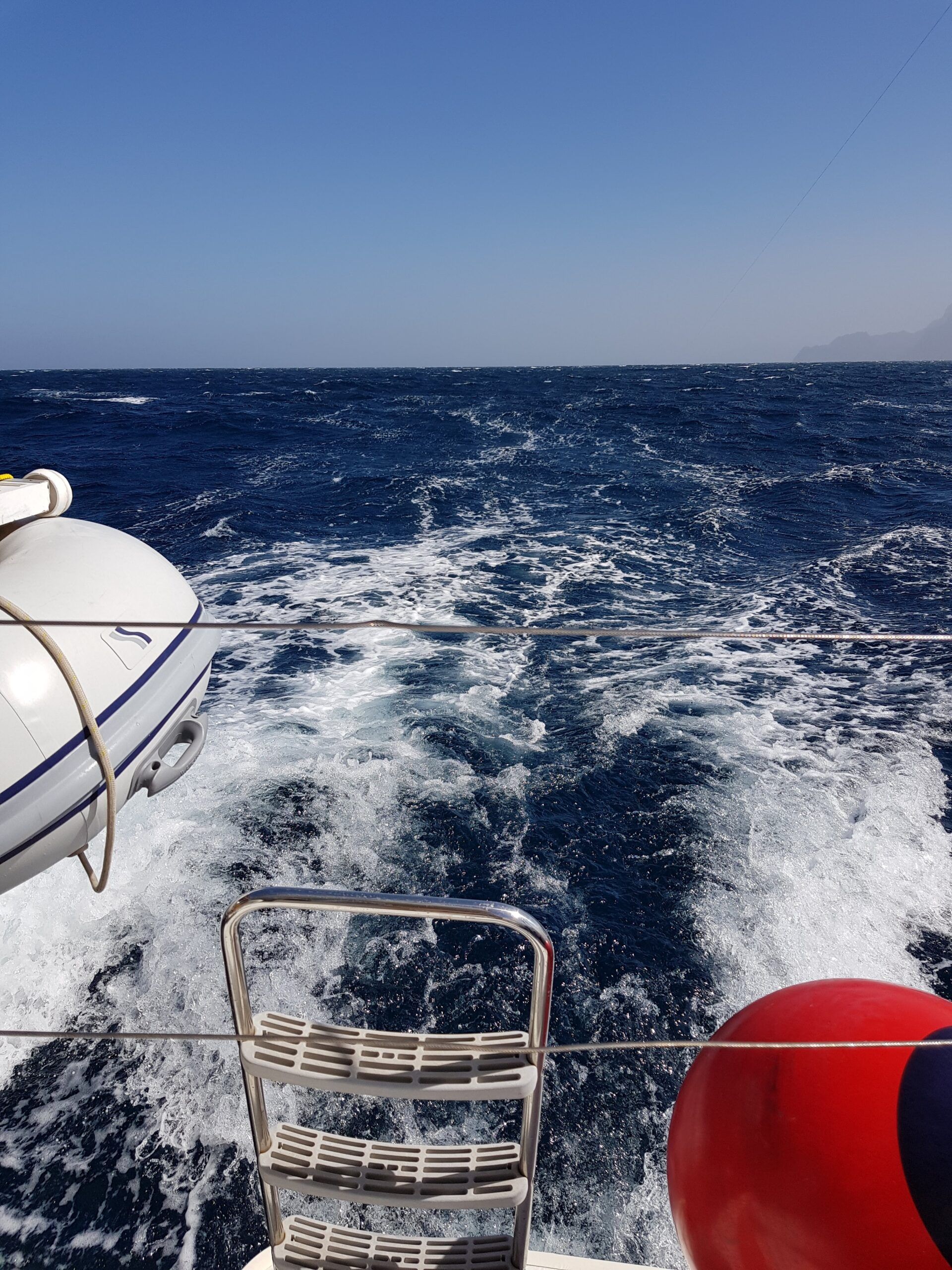
By the 31st December, we were ready to depart for Cape Verde. The 855 nautical mile passage would take us over five days. This time the weather behaved and we had an amazing Trade Wind sail south down the rum line to Mindelo. At times we were making seven or eight knots with following seas. The forbidden dream of crossing an ocean was turning into a reality with a fast crossing if not a little bumpy at times.
By now Carla was having success with her fishing. Each day she would land either a Tuna or a Mahi Mahi. She would then fillet the fish, bag them into portions, and put them into the freezer. Some of these fish would give us enough food for well over twenty meals.
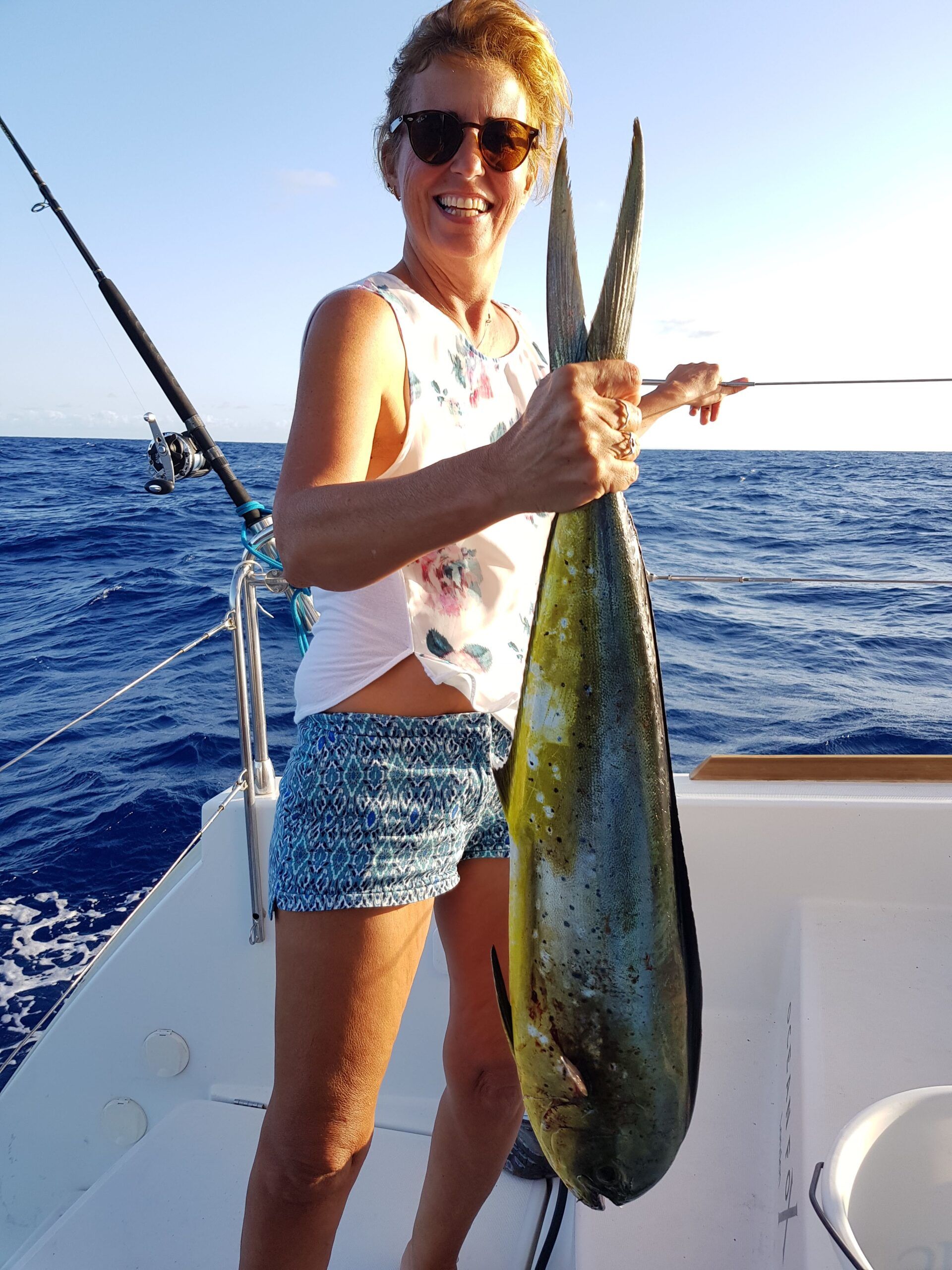
There is a small marina in Mindello and it was not long before we were moored up stern to the main pontoon. You know you were down in the tropics, the sun was shining, the sea was warm with a kaleidoscope of blues and it was only the first week of January.

Although Cape Verde is being opened up for tourists, few people venture further than the large hotels that are on the more green islands of Sal and Boa Vista. Mindelo is on the island of São Vicente, tucked away to the northwest of the group. Mindelo had a brief time of prosperity when a coal seam was discovered. Between 1828 and the beginning of the 20th Century it was a staging port for the steamships crossing the Atlantic and traveling south around the Cape of Good Hope. Here they would stop and take on the Anthracite.
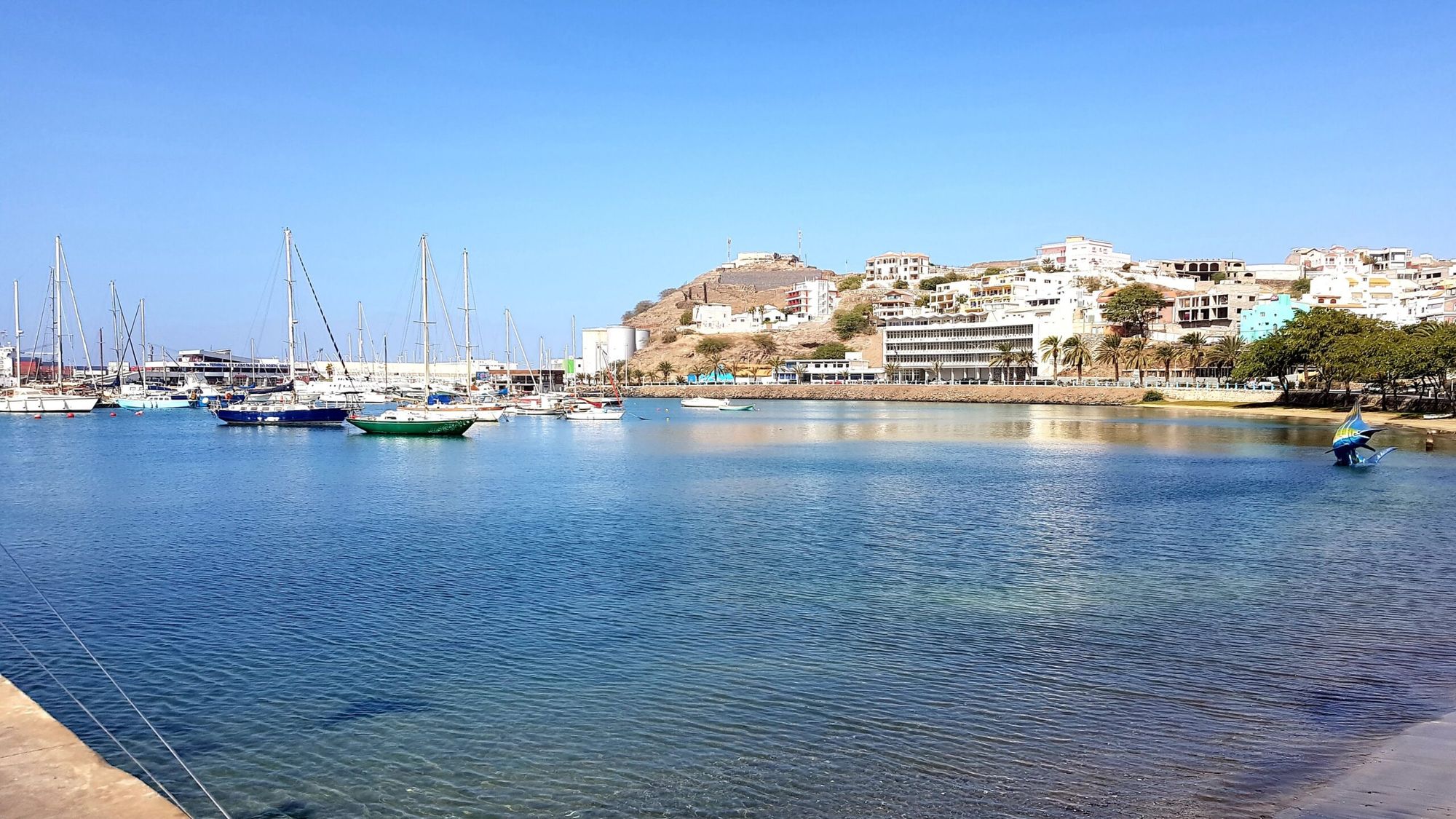
I can’t say I was in love with the place, but it was a good rest spot for a few days on this extraordinary journey we had set ourselves. There is a lot of poverty here, people see the yachties as a lucrative source of some additional income. I discovered it was not a place to be alone when one day I had a weird guy jump into the front of my taxi on my way to the sailmaker. I was threatened but resisted with a lot of shouting on both sides. I was only saved when the Tuka arrived pulling him out of the car and sending him on his way.
Soon the day of departure was upon us. As we sailed down the channel between the islands the wind piped up to thirty plus knots with the venturi effect, as the wind was funneled between the islands. We were scrambling again to put the reefs into the sails.

After the first few days, you notice that a routine sets in. Changing shifts and discussing the weather, logging our position each hour, cooking, and making coffees. There is little to do apart from watching the waves building up behind you and following them as they take their track underneath the hulls on their way across this great ocean. The dullness of the journey has a way of becoming a friend, the less excitement the better as you sail on and on at seven knots.
the isolation from society and land lifeThe calmness is broken each time the fishing reel starts to spin out its line, with a high pitch scream, the call of “Fish” echoes around the boat, we both prepare to bring in another monster from the deep. Depending on the species you could be there with the rod and reel for an hour, fighting to land the fish at the stern of the boat. Most manage to shake themselves loose and return to the deep. I would normally go down the rear steps, lifevest on, and tethered to the boat to bring them onboard as Carla fought with the reel. Over the fifteen days, we managed to land eleven fish.

The 2,100 miles soon passed and we were into our last night at sea. We would be arriving a few hours after daylight which was ideal. At this stage you don’t want the journey to end, you are in love with the beauty of the ocean and the isolation from society and land life, that this journey gives you.
Just before sunrise, Ragged Point lighthouse came in to view just off the starboard bow. Flashing its signal into the night sky, you know everything is about to change. There is a mixture of emotions as we realized what we had achieved, to sail nearly 4,000 miles across The Atlantic, mixed with not wanting the journey to end, created a knot in the stomach and a gasp for breath. With the first ping of the mobile phone, you are back in the modern world and the remoteness we had enjoyed had evaporated.
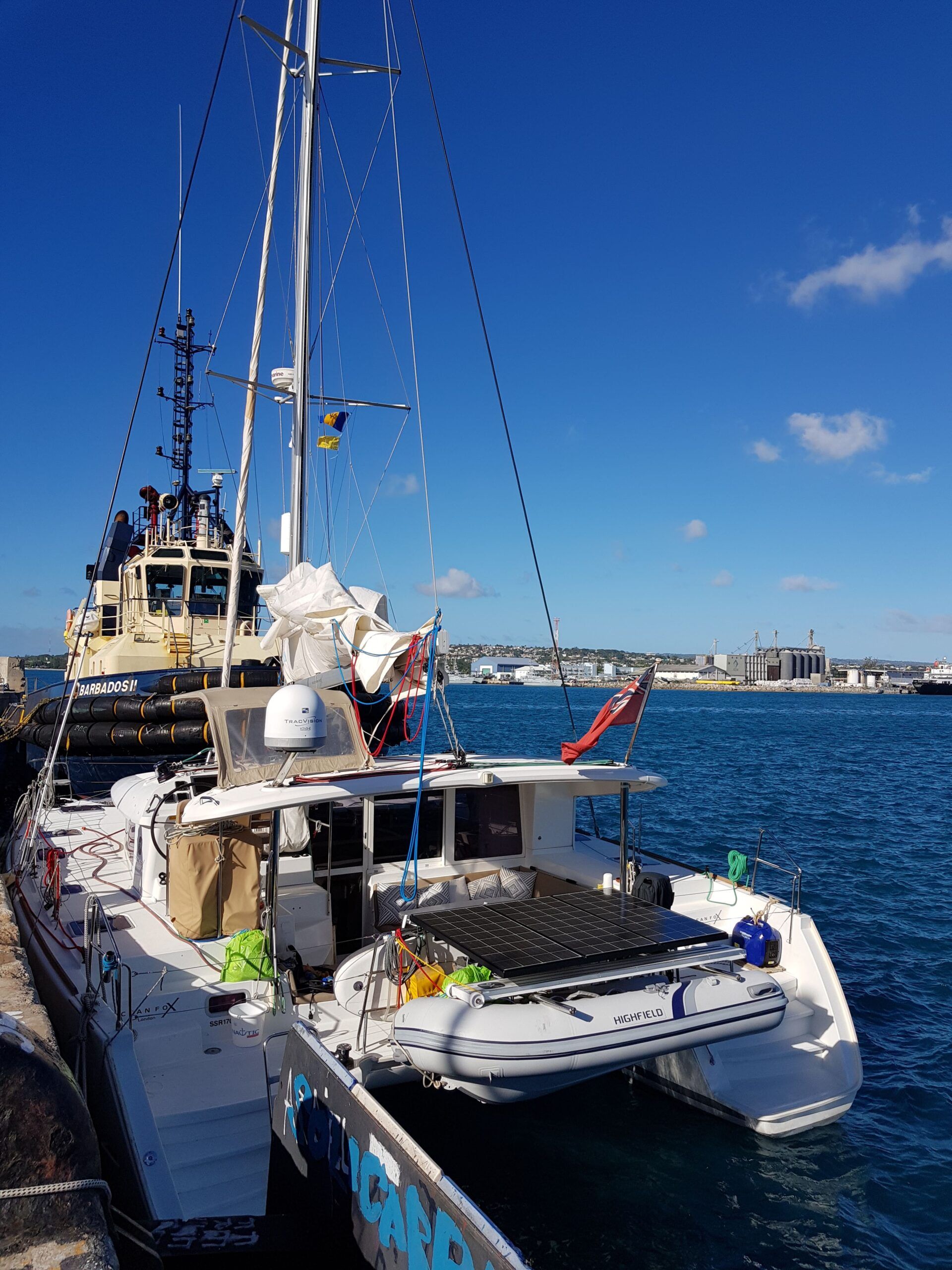
We spent the next eighteen months sailing the Caribbean, taking in the islands of the Lesser Antilles, Colombia, the ABC Islands, Panama before heading east through Cuba, The Bahamas, and back to Europe via Bermuda and The Azores. It was a remarkable journey and one that is still going on today as we head east to visit the Mediterranean for a second time.
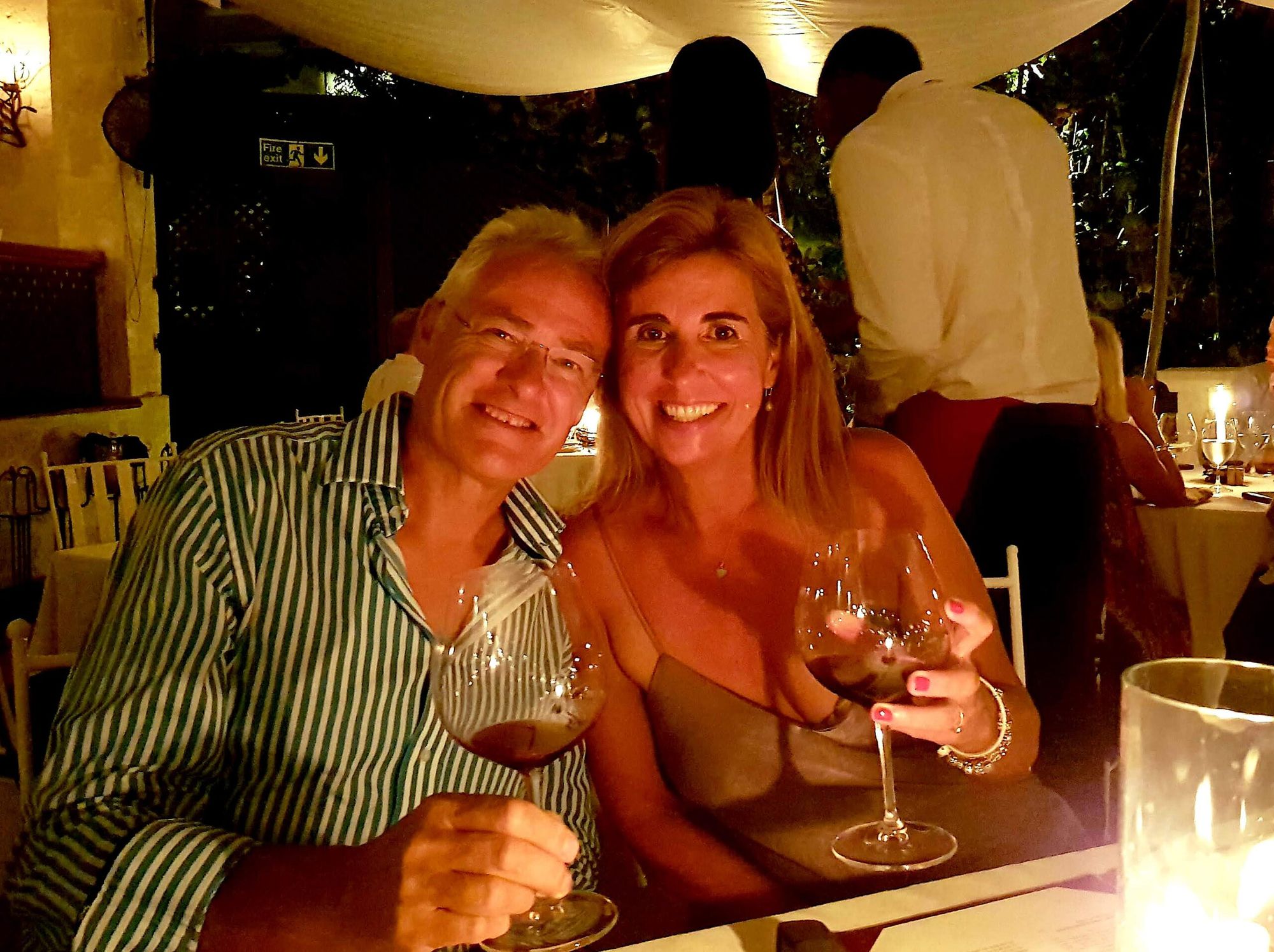
The Dyslexic Writer. At the Cliff in Barbados
YouTube: https://www.youtube.com/channel/UC3WjVOASAqK3a8RU5zL8Bxg
Patreon: https://www.patreon.com/search?q=Sailing+Ocean+Fox+
Facebook: https://www.facebook.com/sailingoceanfox/
Instagram: https://instagram.com/sailingoceanfox/
Healthy on Board on Facebook: https://www.facebook.com/healthyonboard/
Healthy on Board on Instagram: https://instagram.com/healthy_on_board/
2nd best newsletter in the universe